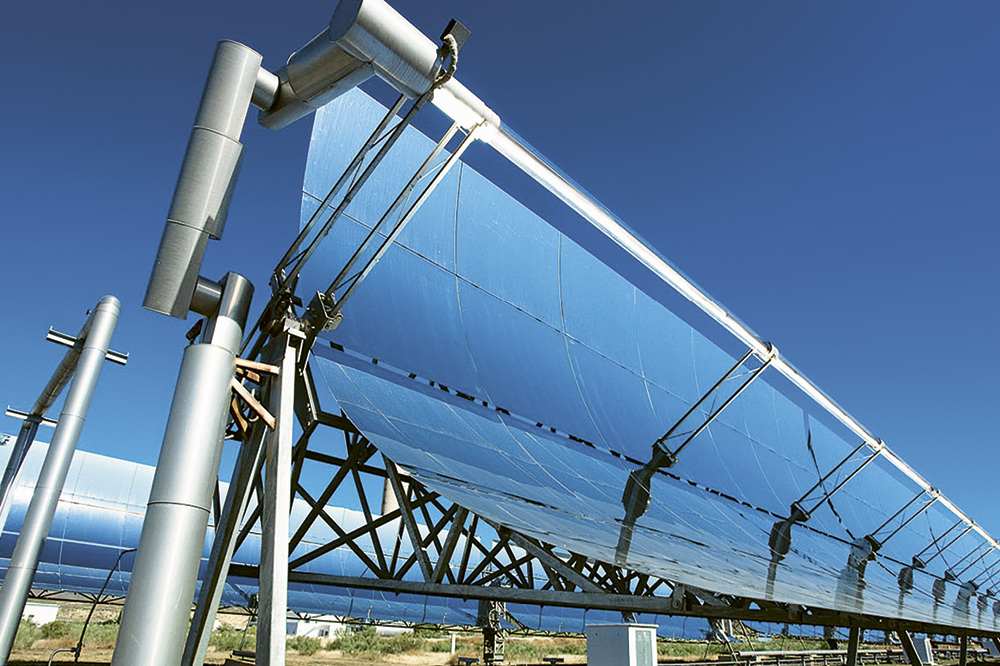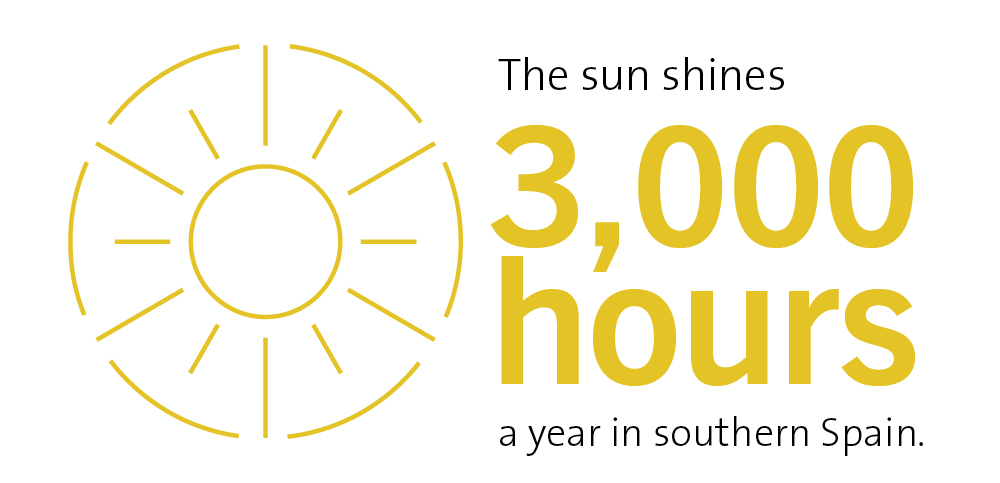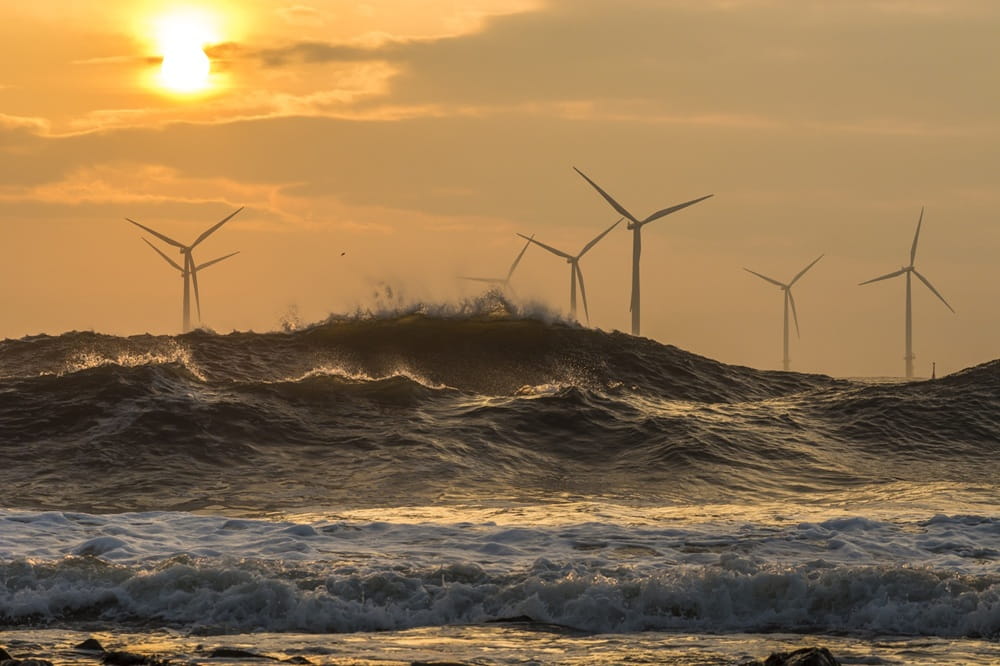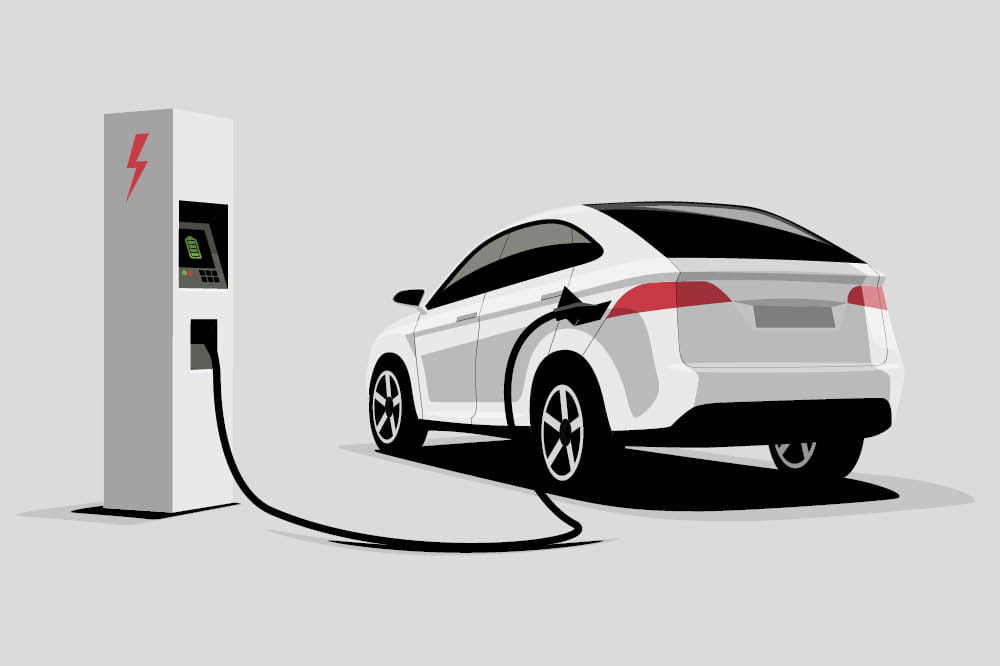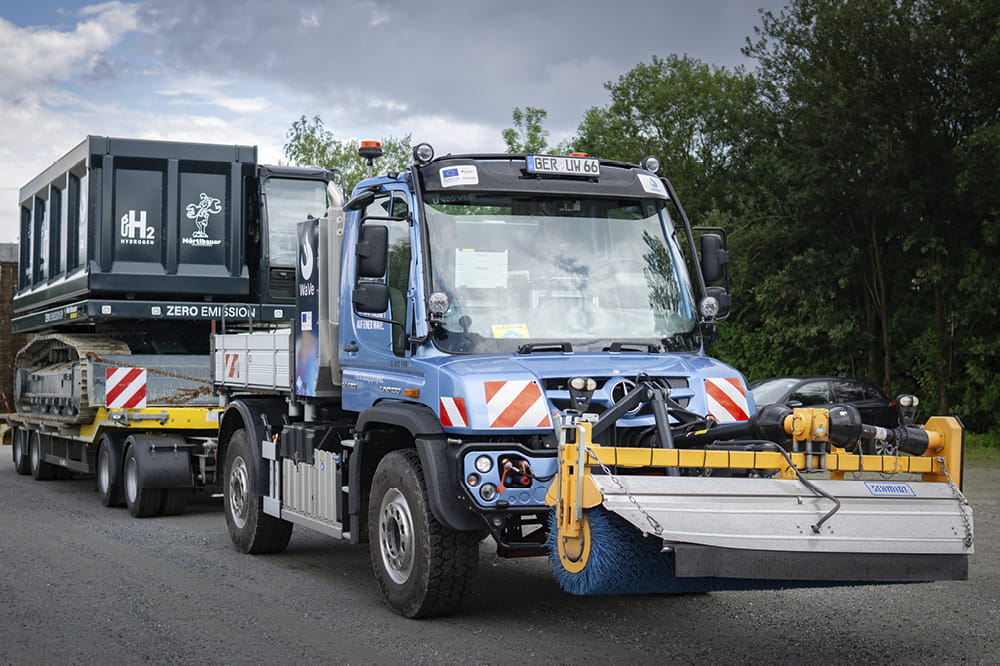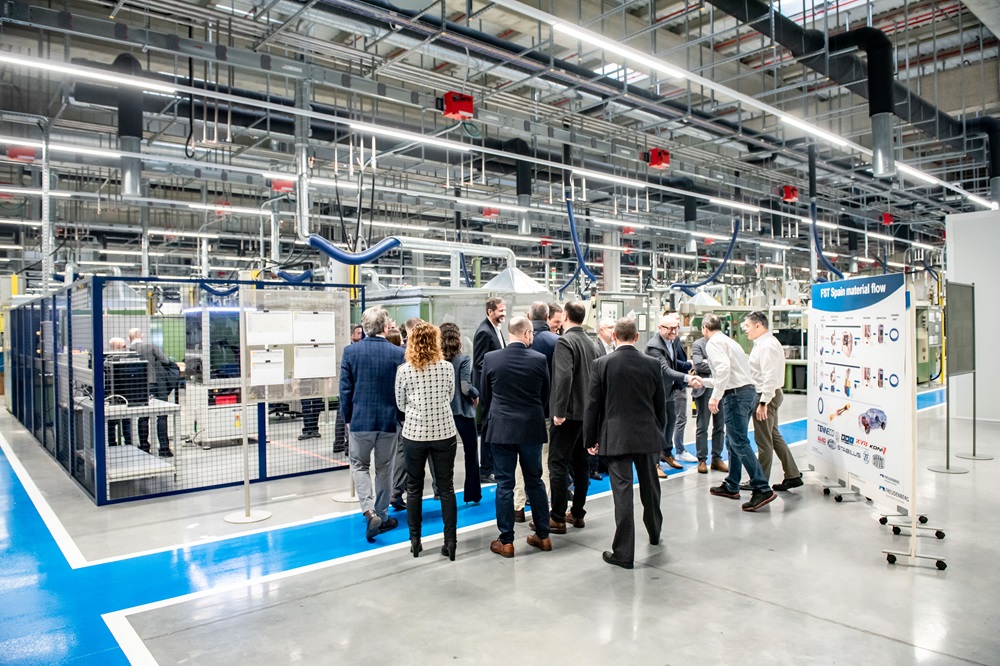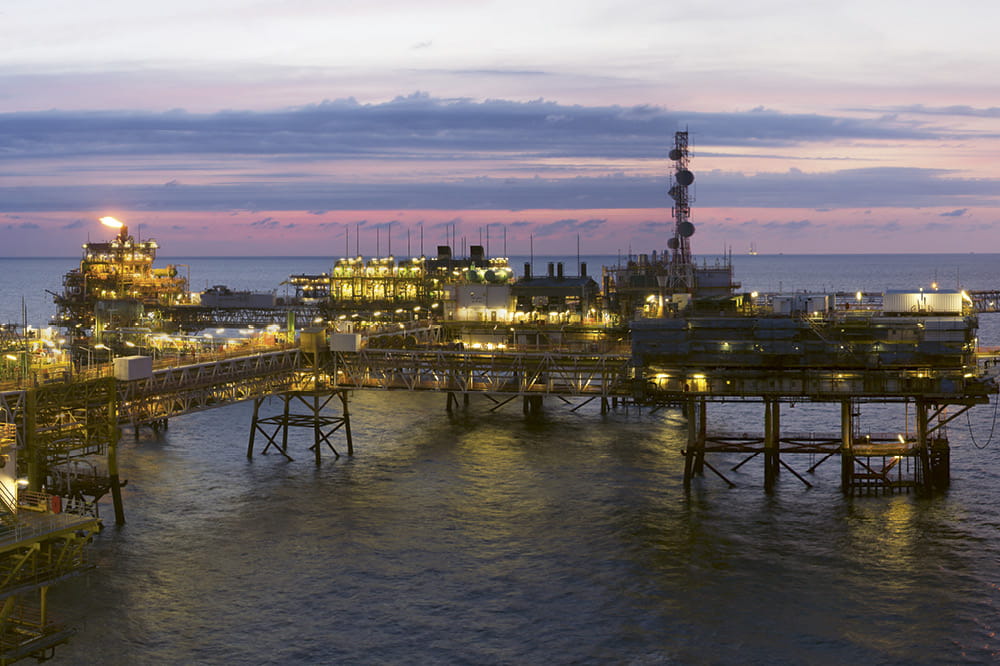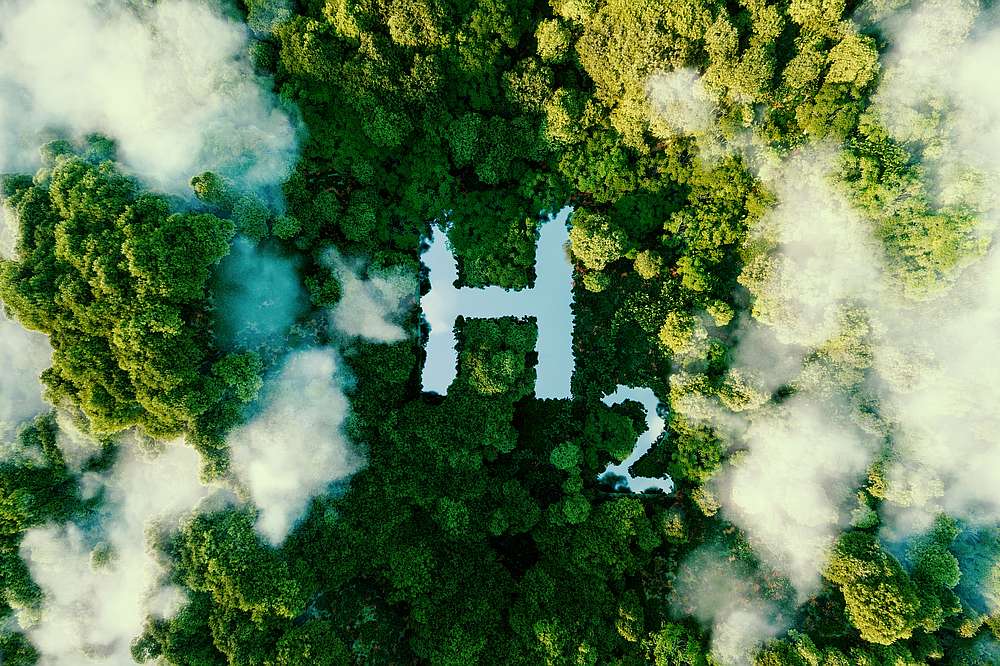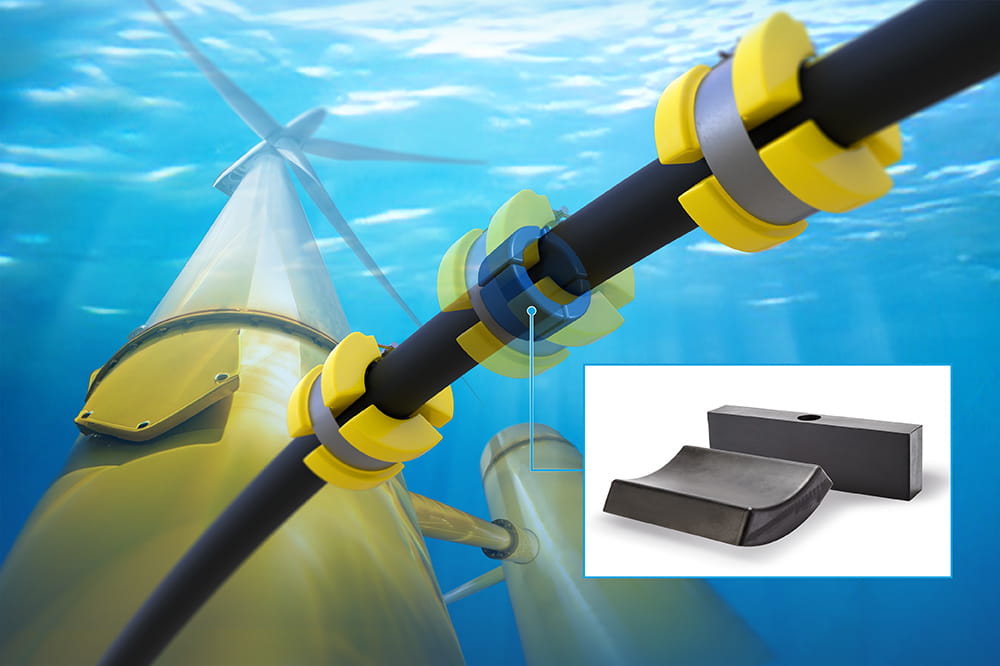Obtain news and background information about sealing technology, get in touch with innovative products – subscribe to the free e-mail newsletter.
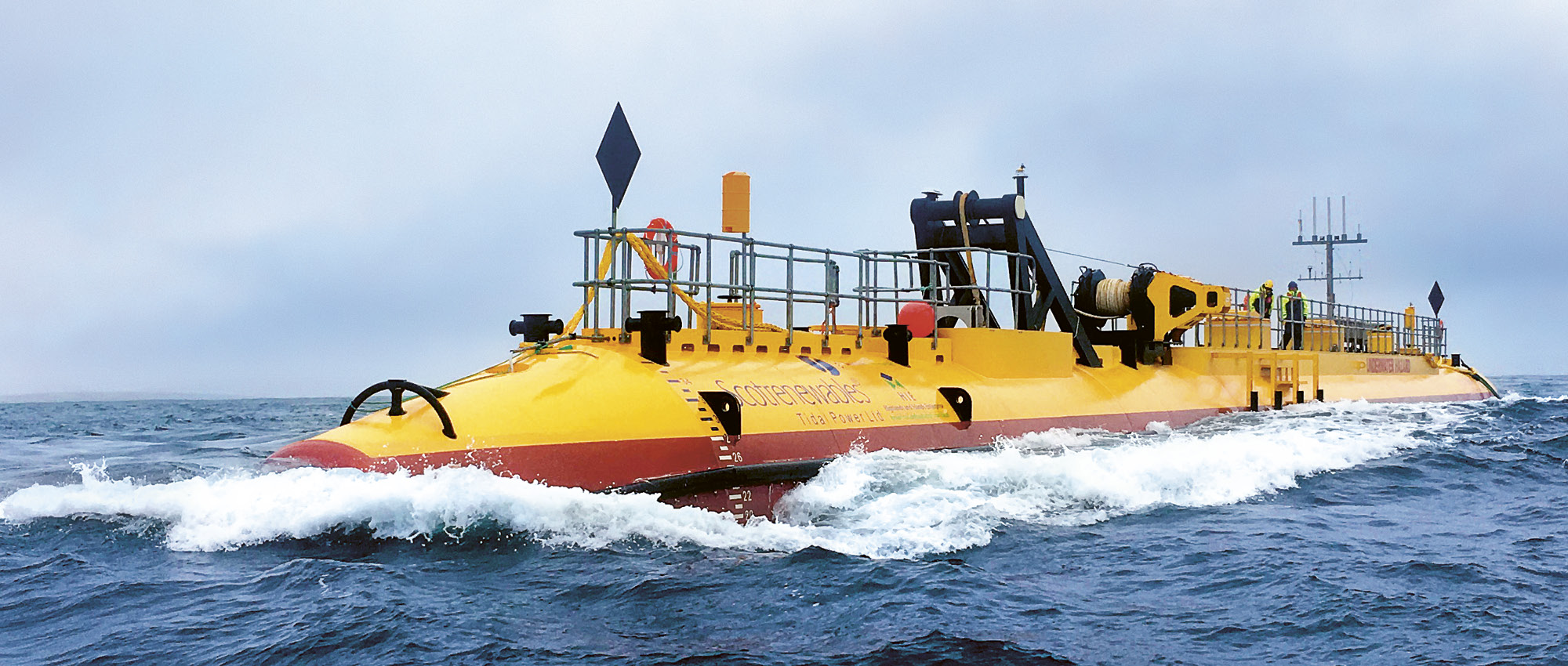
05.01.2021 | Story
Duty-free Energy from the Sun
Solar energy that can be tapped at will. Electricity from tides and waves. There are many ideas on how to exploit the forces of nature. But to make them a reality, engineers and scientists from different continents have to collaborate across boundaries.
Marc Röger does research in Tabernas, in the middle of Spain’s Levante, a desert region that has often served as a backdrop for Western films. The sun shines an average of 3,000 hours a year here. At the other end of Europe, in the Orkney Islands off the Scottish coast, winter storms generate 20-meter (66-foot) waves. Neil Kermode works under harsh conditions here. “If you turn your back on the sea, it will kill you,” he said. As different as the lives of the two men are, they have one thing in common: They are looking for new ways to convert the forces of nature into the kind of energy that people urgently need today: clean energy. And they are sharing their knowledge from one continent to another.
With Tides and Wind
Neil Kermode, a former naval officer, directs the European Marine Energy Center (EMEC), which was founded in 2003. It is basically a large test facility where creative engineers can test their ideas under real-life conditions. If you want to build turbines for a tidal- or wave-powered electrical plant, you can find a complete infrastructure here, especially sea cables and the obligatory connection to the grid. More than thirty companies from eleven countries have tested their equipment here. They range from giants such as Voith to small startups. “We want to help make the use of tidal and wave energy just as competitive as offshore wind energy,” Kermode explained. “It will take an increase in the size and reliability of the installations to do that.” Most of the systems are still in the prototype stage, and commercial use, especially for wave energy, is still a long way off. Yet Kermode still thinks it makes sense to continue working on the technology. “The surface areas on land and off the coasts are limited. With wave energy, we are developing the open sea for the production of electricity.” He pointed out that wave energy is in fact based on the wind, but in a far less volatile form. “You can create quite reliable predictions about the energy that the waves will have in three days,” Kermode said.
If facilities like this are used on a grand scale, there will no longer be any need to worry about storage and network stabilization.
Dr.-Ing. Marc Röger – Team Leader Systems, German Aerospace Center Institute of Solar Research, Qualification Almería
Know-how transfers are promoted even when teams from different companies make their frequent stops at the few pubs in the region. “When people come to us, they are often completely focused on their inventions,” Kermode explained. “But after a while, they recognize that there is a great deal of pre-competitive knowledge, for example, regarding corrosion behavior in saltwater.” The EMEC encourages active know-how transfer as well. For example, the Scottish team recently began advising a Korean research Institute on the construction of a test center for tidal power plants. “If we want to exploit this energy, we have to create an entire industry,” Kermode emphasized. “That will only work when we cooperate worldwide and all sorts of people aren’t trying to invent everything by themselves.”
Concentrated Sunlight
Marc Röger, the fellow in the Spanish desert, supervises the “Systems” team at the DLR Institute for Solar Research and is working on concentrated solar thermal energy in Tabernas. Unlike the better-known photovoltaic approach, solar radiation is used to heat a fluid. Water is transformed into steam by the heat that is produced. The steam drives a turbine, which in turn drives an electric generator. In Röger’s view, the major advantage is that this decouples the timeframes for the concentration of solar radiation and the production of electric current. “If installations of this kind are used on a grand scale, you don’t have to worry about storage and grid stabilization anymore.” The technology, often called “concentrating solar power,” mainly holds appeal for arid regions. In 2009, the DLR escalated its know-how transfer to Africa, especially into North African countries. “This ranges from support for lecturers in universities to practical training at our test facility,” Röger explained. The cooperation with Moroccan partners is especially indepth. The kingdom is pursuing a plan to use renewable sources to handle more than half of its electricity production. The solar thermal Ouarzazate power plant, which is partly financed by Germany’s KfW development bank, is considered to be an international showcase project. It has already demonstrated one of the technology’s advantages: While entire installations have to be imported in the case of photovoltaics, a large portion of a solar thermal system can be installed or produced locally. For example, heliostats, the mirrors that reflect sunlight onto an absorber, have been assembled and installed in Morocco. Does it hurt German industry when a government-financed research institute transfers know how to Africa? “No,” Röger replies. “The knowledge must be broadly accessible if we want to enter into partnerships with these countries.” Only pan-Mediterranean partnerships enable Europe to establish stable supplies of energy totally based on renewables. Besides, European industry certainly isn’t walking away empty-handed. The steam turbine comes from Siemens Energy, and the hydraulics for the mirror adjuster from the Spanish machine-builder Hine Renovables, both customers of Freudenberg Sealing Technologies.
More news on the subject Renewable Energies

Join Us!
Experience Freudenberg Sealing Technologies, its products and service offerings in text and videos, network with colleagues and stakeholders, and make valuable business contacts.
Connect on LinkedIn! open_in_new